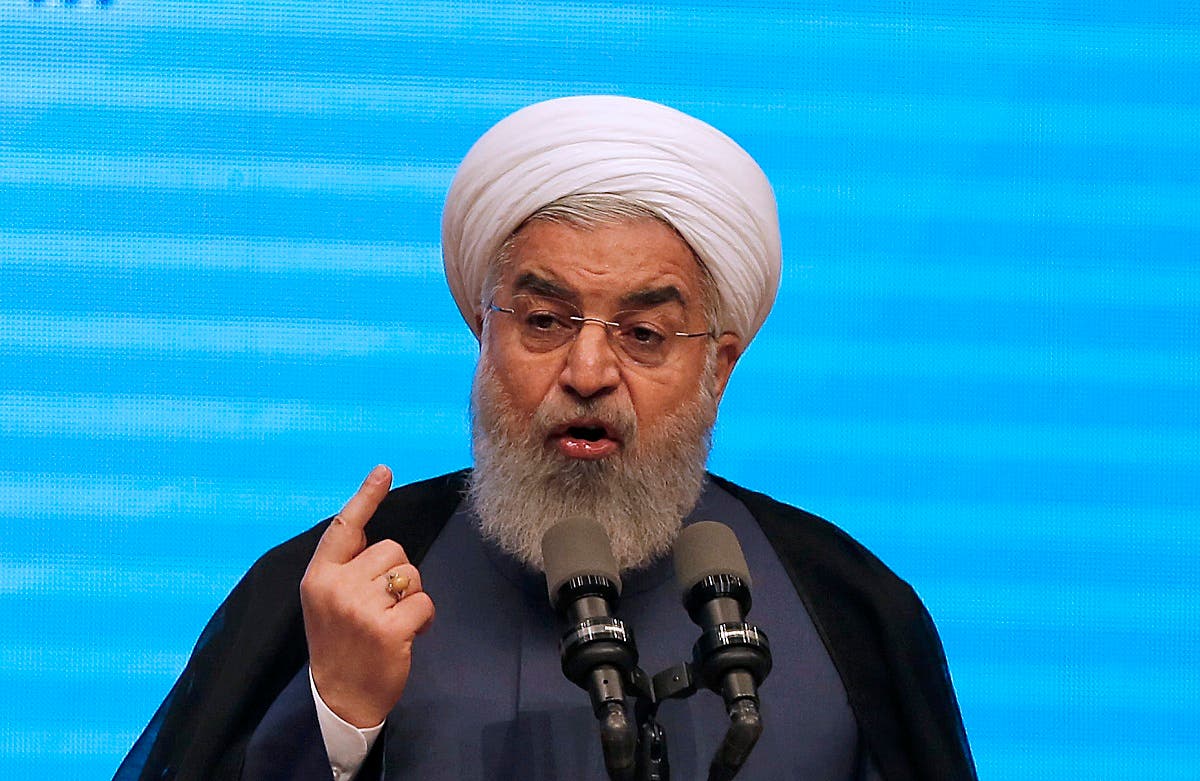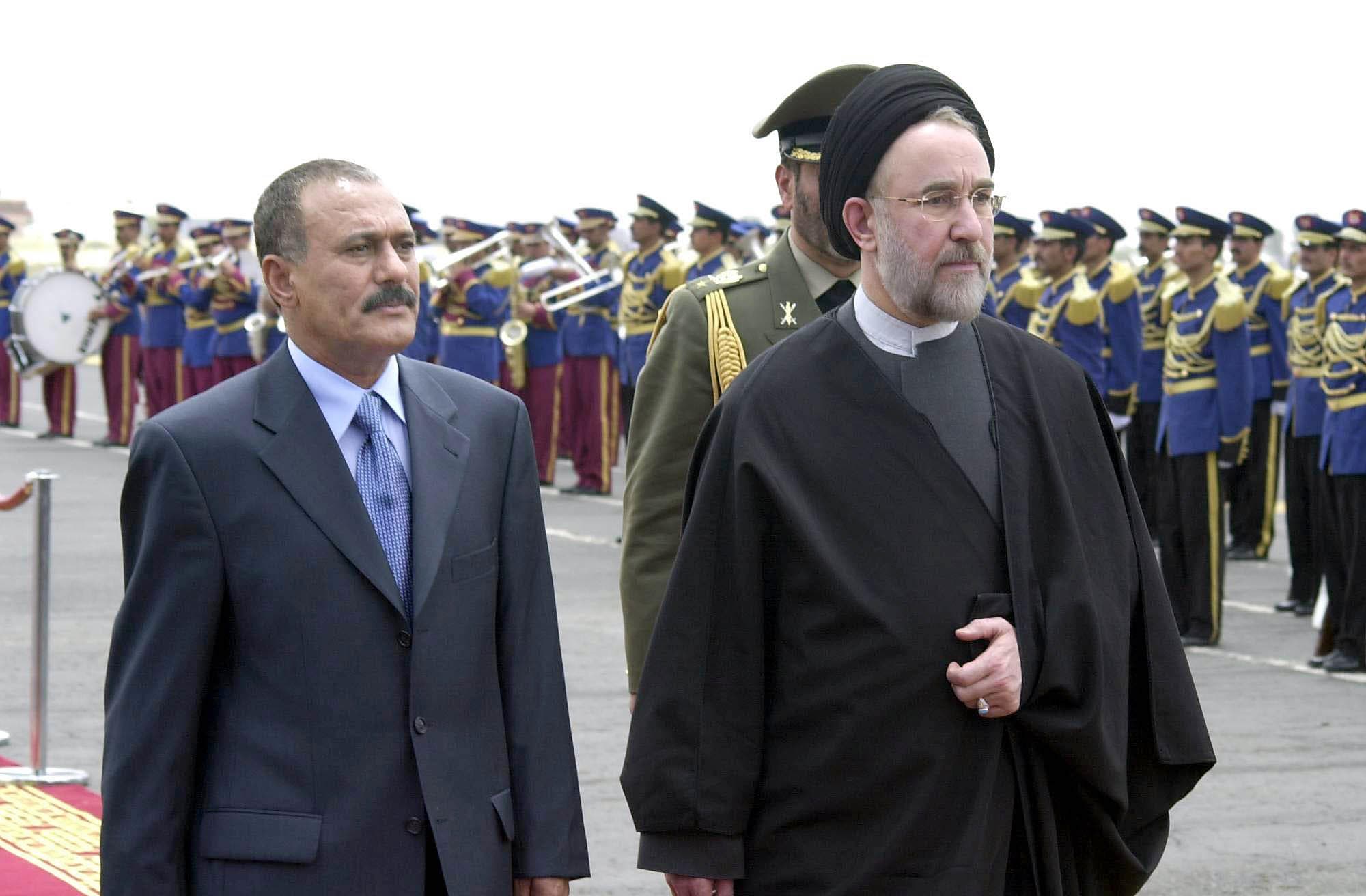During the unprecedented November uprising that spread to over 190 cities checkered throughout Iran, the ruling mullahs’ regime was terrified of this fire expanding. One major source of concern was the constant uploading of footage vividly depicting the regime’s horrific crackdown and killing spree against Iranian demonstrators.
Desperate to prevent such a flow, the regime quickly ordered a massive internet shutdown on November 16. Nearly a month after the uprising, conditions have yet to return to pre-protests status.
As we look back, no regime official has been able to deny the fact that the reasoning behind this decision was none other than “national security.” With internet connection restored at a very controlled rate, recently obtained video shed light on the scope of the mullahs’ vicious and bloody crackdown that followed the protests sparked by a gasoline price hike that saw costs soaring up to 300 percent.
This internet clampdown was ordered by Iranian Supreme Leader Ali Khamenei.
Rouhani, the “moderate,” issues final orders
While Iranian regime apologists/lobbyists and pro-appeasement voices describe Iranian President Hassan Rouhani as a “moderate,” it is worth noting that Rouhani chairs the regime’s Supreme National Security Council and signed on the internet shutdown move. Iranian officials describe Rouhani as the “most security-minded” president in the regime’s history.
All the while, dubbed by Iranian media as a “fox,” Rouhani is very careful to depict himself as an advocate of civil rights and against such hardline policies. Yet when push came to shove during the November uprising and the regime’s entire apparatus was facing a massive national movement, Rouhani showed his true colors, calling for a massive crackdown and broadcasting coerced confessions from arrested protesters on state TV (a known tactic of the mullahs’ regime and dictators throughout history).
Rouhani went even further and during his presentation of the 2020 fiscal budget plan to the regime’s parliament, he shed light on the internet shutdown by announcing plans to launch the “National Information Network” (NIN). Of course, his remarks forced various cabinet officials and apologists/lobbyists across the board to quickly interpret his words as not an internet shutdown.
It was also interesting to see Kayhan daily, a known Khamenei mouthpiece, place its weight behind the regime’s plans to shut down the internet and launch NIN. This made it crystal clear that both the regime’s hardliners and “reformists” are behind the NIN initiative to keep a major lid on the Iranian people.
It is a known fact that the true meaning of NIN is none other than censorship and a highly restricted/controlled network for the Iranian nation while the regime enjoys access to the internet for its needs. Similar measures have been imposed on social media platforms. As the Iranian people are banned from access to Twitter, Facebook and other such apps, Iranian regime officials are tweeting and posting on a daily basis.
Why is the mullahs’ regime so utterly concerned, and terrified, of the Iranian people enjoying access to the world wide web alongside billions of other people across the globe?
Dictators fear the internet
A state unable to adapt itself to a society’s needs and the daily transformation of life in today’s world, while responding to major societal management challenges, has no choice but imposing a closed and isolated way of life. Why? People gaining more knowledge is a nightmare for such a state.
Dictatorships are utterly terrified of different nations joining force in solidarity and they seek to place “walls” preventing such relationships. In Iran, the mullahs’ regime intends to keep the Iranian people separated from the outside world as much as possible. This is especially important when political, economic and social dissent reach boiling points across the country. In such circumstances, keeping a lid on the people is of the utmost essence for the mullahs’ regime. If possible, the rulers in Tehran would impose North Korea-style conditions on the Iranian society.
The problem, which the mullahs realize all too well, is that shutting down the internet in Iran – being a society with a long history of freedom-loving resistance, and its powder keg society in this day and age – will have major consequences for Tehran. For this very reason, Iranian government spokesman Ali Rabie had no choice but clarify and interpret Rouhani’s NIN remarks in the Majlis, emphasizing there is no intention to shut down the internet.
Such concern is also quite visible inside the mullahs’ regime. The Jahan-e Sanat daily published an article on December 9 titled “Living in the Stone Age!” The piece emphasizes an intranet system implemented by various countries is not possible in today’s Iran.
Wishful thinking
We do need to remind ourselves that the mullahs’ main objective is to block the Iranian people’s open access to a free flow of information and news from the outside world, and restricting Iran’s population to the mullahs’ filtered network. However, aware of the public backlash, the regime intends to cloak its plans under the “National Information Network” pretext.
Meaning: maintaining the country’s administrative apparatus linked to the internet network, while filtering the population from the world wide web. There are voices inside the regime describing such plans as wishful thinking, knowing these measures would fuel further backlashes far more aggressive than the November gasoline price hike protests.
There is no doubt that Khamenei yearns the control enjoyed by Iranian regime founder Ruhollah Khomeini back in the 1980s where there was no internet. This allowed Khomeini carry out any and all atrocities across the country, including the summer 1988 massacre that left over 30,000 political prisoners executed, while the world was kept in the dark.
Today, as we head into the third decade of the 21st century, circumstances have changed in favor of the people. Each and every individual killed by dictators quickly become martyrs and national heroes, inspiring millions and sparking a wave of global condemnations parallel to escalating political isolation.
The current conditions of the mullahs’ regime ruling Iran indicate that their end is very near. Shutting down the internet, with the objective of preventing the free flow of information and secretly killing protests and activists will no longer cure this regime’s lethal viruses.
The end of the mullahs’ regime is not a matter of if, but when.




 Iran’s president Hassan Rouhani gives a speech in the city of Tabriz in the northwestern East-Azerbaijan province. (AFP)
Iran’s president Hassan Rouhani gives a speech in the city of Tabriz in the northwestern East-Azerbaijan province. (AFP)











